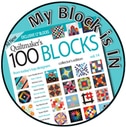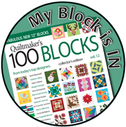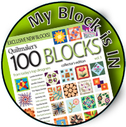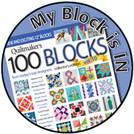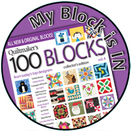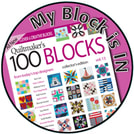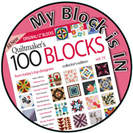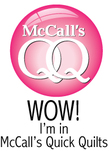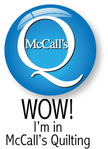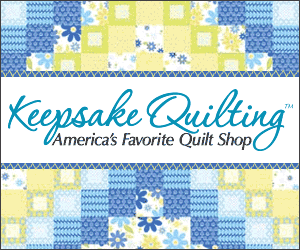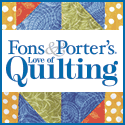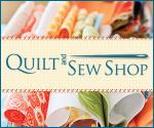N.Q.M. B.O.M. ROUND 3 - BLOCK 4
Experts' Guide to Foundation Piecing by Jane Hall (Editor)
Flying Colors: Design Quilts with Freeform Shapes & Flying Geese by Gail Garber
In the end, I decided not to veer too far away from what the designer offered. I just changed the values a little bit to give the design more bit more interest. Once I decided on the values that I would use in the design, I used a grayscale value finder to designate the value of each gray. I then used this information to go through my stash and find fabrics in similar values to use in my design.
I then made a draft of the complete circle with all the units connected. The reason I did this was so that I could measure each unit and double check it against the suggested measurements given in the color placement key. I took a class with Gail Garber and She recommended that you measure the longest side of a triangle for the length of your rectangle and then the height using that side as your base. To this dimension she added one inch on all sides. This gave you plenty of room for foundation piecing so that you would not end up with a gap. She makes a point of saying that if you feel that this is a waste of fabric think about how you'll feel if you have to cut a second piece because you messed up the first one. The second image shows the dimension I used.
Once you have sewn the background pieces to the partial circles you might notice some distortion along the diagonal. My solution to situations like this is to draw on my ironing board cover. I have a plain canvas or any word cover and the first thing I do after I wash it is draw two lines 6 inches apart the length of the ironing board. I can then place the completed partial block on the ironing board along that line and see where and by how much it is distorted. With a light steam and a touch I can persuade the fabric to follow a linear path.
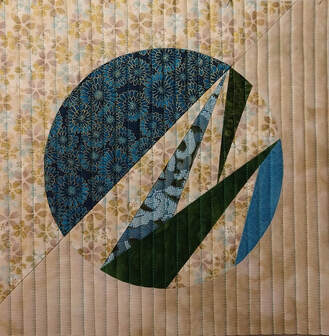
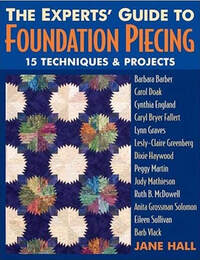
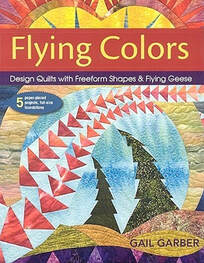
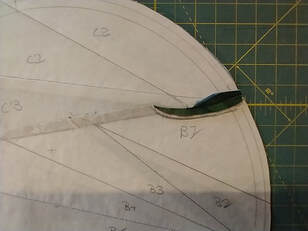
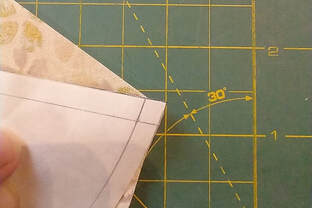
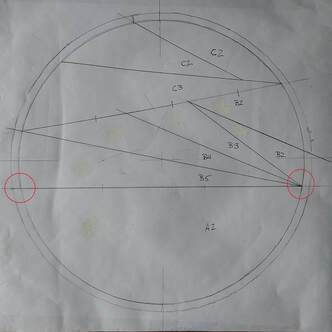
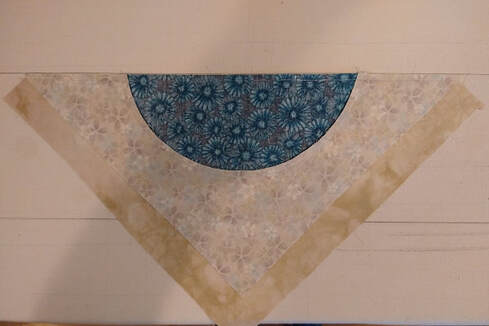
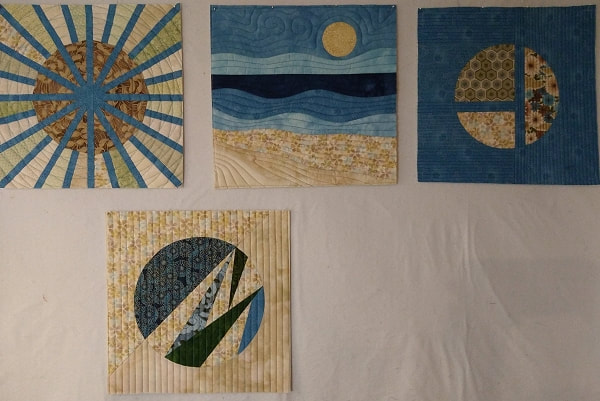
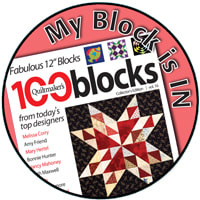
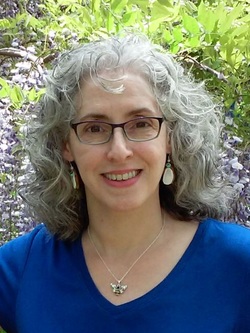
 RSS Feed
RSS Feed

